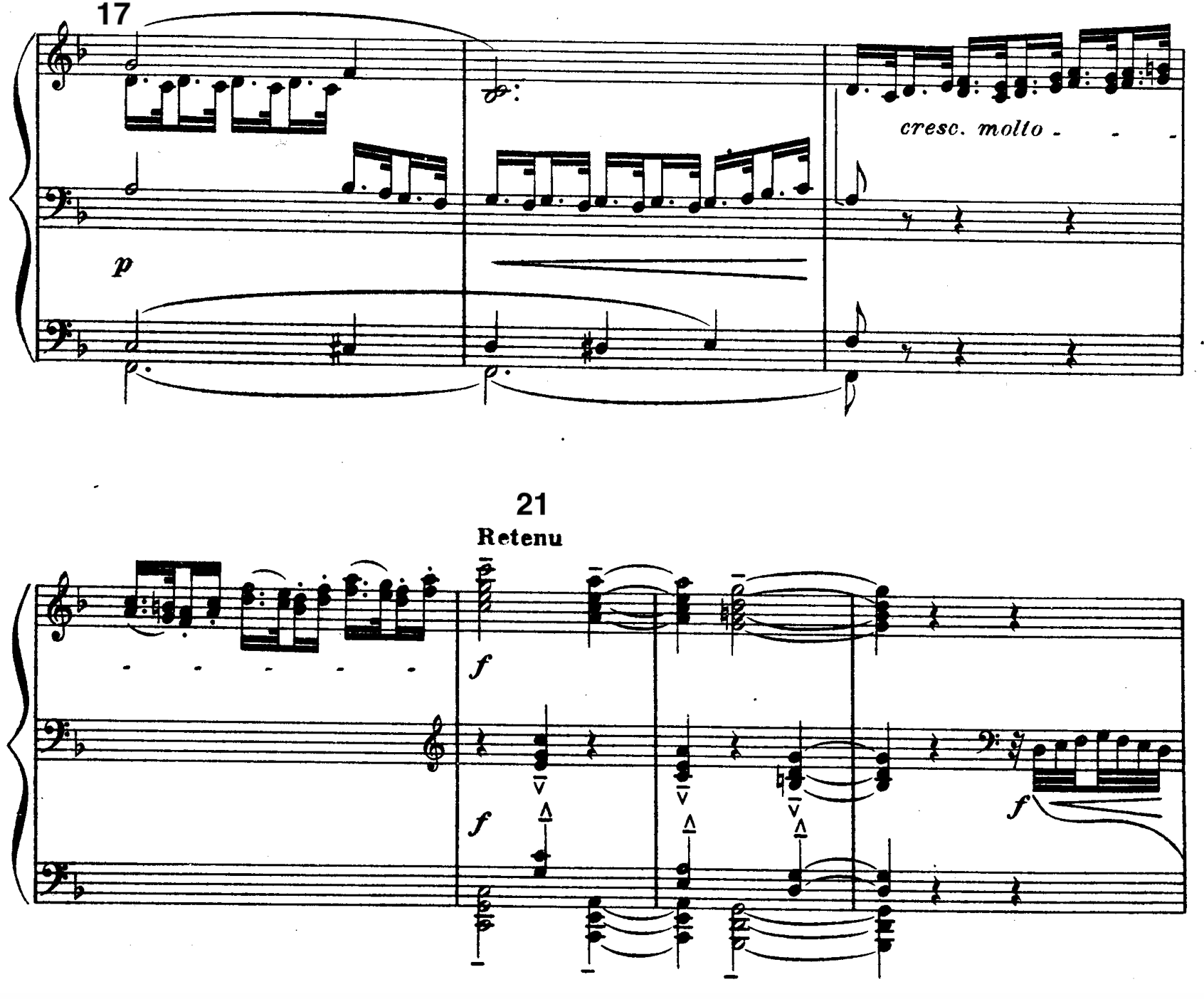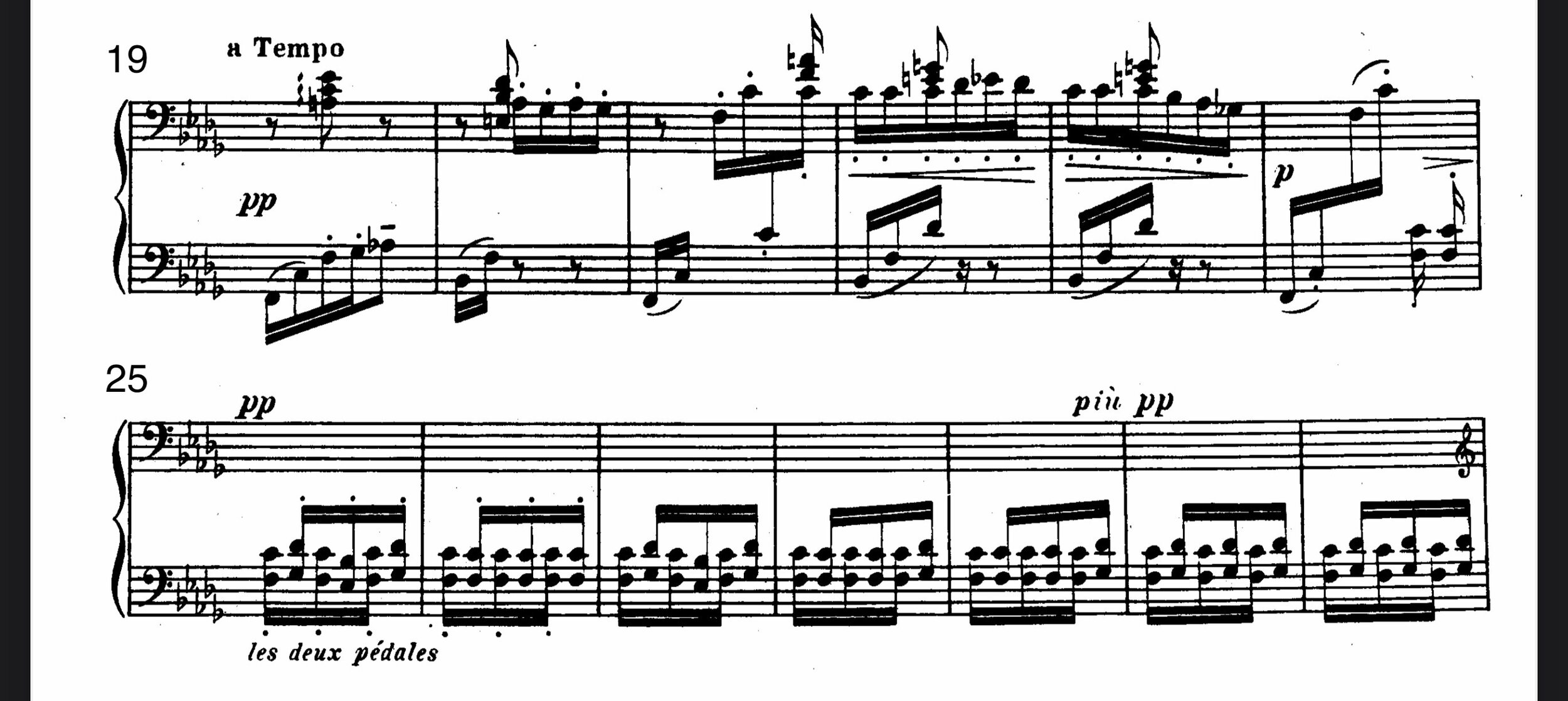What is interleaved practice?
Interleaving is the process of structuring practice so that students move frequently from one topic to another. As opposed to blocked practice, which repeats the same skill with little interruption, interleaved practice rotates concepts frequently, even if they’re not yet mastered. While this practice model seems counterintuitive, it increases long-term learning and retention. We call this the contextual interference effect. Contextual interference has been studied in a variety of fields—most notably in sports—and, more recently, in music. In addition to enhanced learning, interleaved practice has been shown to boost executive functions like goal-setting, planning, and focus. (Carter and Grahn 2016).
How do we implement interleaved practice?
While it’s clear that interleaved practice is beneficial, implementing it in real life comes with some challenges. Some students don’t feel immediately comfortable changing tasks quickly; they may have anxiety about perceived incompleteness of a concept. Blocking is also still a predominant practice strategy among musicians—it’s likely that repetition is how many music teachers learned to practice when they were students. To deviate from what we’ve known for the majority of our musical study can feel unnatural and intimidating.
As with any practice strategy, I’ve found that the most practical way to encourage interleaved practice among students is to model it within the lesson so that it becomes familiar. Because highlighting practice strategies in every lesson is already a major part of my own teaching philosophy, creating context interference through faster lesson pacing has been relatively easy to do. My personal challenge with interleaving the lesson structure is trusting that learning is happening despite a student’s in-the-moment performance occasionally decreasing. According to the literature on context interference, this is to be expected!
A Basic Interleaved Structure
I like to have clear-cut topics for interleaved practice (or any practice session). These could include learning a brand new piece, reviewing an old piece, doing technical work (via exercises, etudes, or in specific passages of a piece), doing memory work, improvising, practicing performance etiquette, or working to make a piece more expressive. Each topic warrants different practice strategies, so rotating among them provides the context interference we need for long-term learning and retention. The names of practice topics don’t necessarily need to be explained at length; by using and modeling them frequently in everyday teaching language, students seem to catch onto the idea quickly.
Student-Led practice plans
This student noticed that the pattern of repeated notes ends in the last two measures, so he put a practice square around them.
I have found that marking specific practice points is conducive to successful interleaved home practice. Having students mark challenging passages with squares or highlighting tape has been useful in my teaching practice. I always have students find and mark the passages themselves and explain why a particular section is more challenging. However, the word “difficult” is something that I’ve removed from my vocabulary in this context. Rather, we call difficult passages “the fun part,” “the impressive part,” or, as one of my students puts it, “the spicy part.” This reframes challenges in a fun way that fosters a positive attitude toward practice. Students can cycle through the practice squares from all their pieces, creating context interference. The key is to practice each section only until it begins to feel easier—not until it is note-for-note perfect. This allows the brain to stay engaged.
“With blocking, once you know what solution to use, or movement to execute, the hard part is over. With interleaving, each practice attempt is different from the last, so rote responses don’t work. Instead, your brain must continuously focus on searching for different solutions. That process can improve your ability to learn critical features of skills and concepts, which then better enables you to select and execute the correct response.”
Real-life Results
Since actively encouraging interleaved practice, I’ve made some general observations. Students seem to be:
less frustrated by making mistakes and more self-compassionate
more reflective on their work, verbalizing what they missed and why they think they missed it before moving onto the next repetition of a passage
more thoughtful before playing rather than diving headfirst into a piece
Although a great number of factors can engender these positive behaviors, I believe that the de-emphasis on perfection inherent to interleaved practice might play a role.
Further Reading
A Short Read: The Interleaving Effect: Mixing It Up Boosts Learning
A Deeper Dive: Optimizing Music Learning: Exploring How Blocked and Interleaved Practice Schedules Affect Advanced Performance
Carter CE and Grahn JA (2016) Optimizing Music Learning: Exploring How Blocked and Interleaved Practice Schedules Affect Advanced Performance. Front. Psychol. 7:1251. doi: 10.3389/fpsyg.2016.01251




















